Pomegranates aren’t just delicious they’re also a nutritional powerhouse, packed with antioxidants that promote good health! If you’re a fan of both pomegranates and gardening, you might be interested in learning how to grow them in pots. Growing pomegranates in containers is especially convenient for those with limited space or living in apartments.
Originating in the Mediterranean regions of Asia, Africa, and Europe, and native from Iran to the northern Himalayas, this delightful fruit has traveled across continents to find its way to you! If you’re curious to explore the ins and outs of growing pomegranates in pots, keep reading to uncover more tips and techniques!. “How to plant a pomegranate tree in a pot” details are shared below.
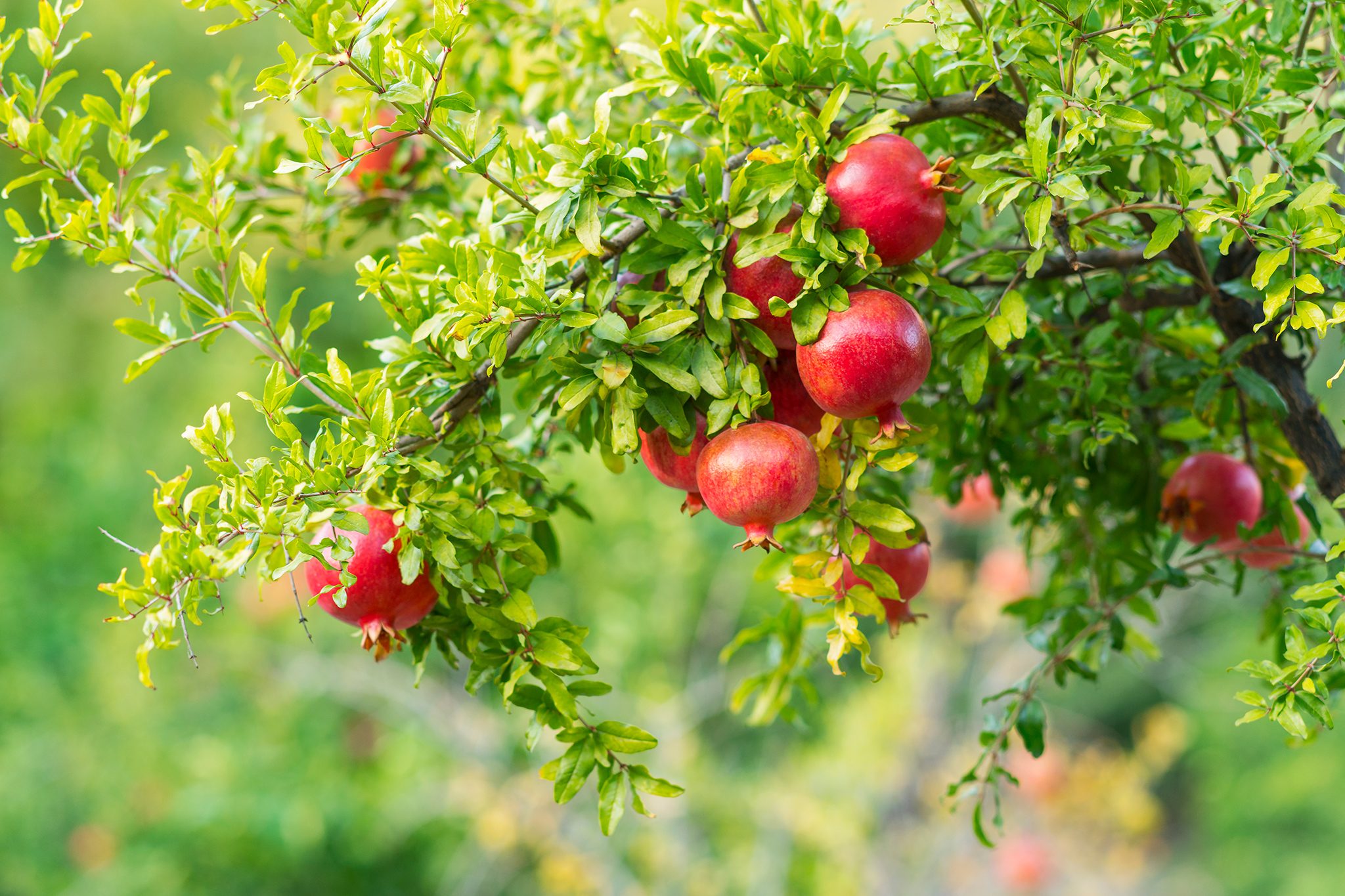
How to plant a pomegranate tree in a pot
Growing a pomegranate tree in a container is a rewarding endeavor, perfect for those with limited outdoor space or who live in apartments. Here’s how to do it:
Choose the Right Container
Start by selecting a container that is large enough to accommodate the pomegranate tree’s growth. A pot with at least a 10-gallon capacity is ideal. Ensure the container has drainage holes at the bottom to prevent waterlogging, which can lead to root rot. For additional drainage, place a layer of gravel or small stones at the bottom of the container. This will help excess water escape, keeping the roots healthy.
Prepare the Potting Soil
Pomegranates thrive in well-draining soil. Choose a high-quality potting mix formulated for citrus or fruit trees, as these mixes are typically designed to provide the right balance of nutrients and drainage. Fill the container about one-quarter full with the potting soil. This will give you room to position the tree and fill in around the roots without burying the trunk too deeply.
Plant the Pomegranate Tree
Carefully remove the pomegranate tree from its nursery pot. Be gentle with the roots to avoid damaging them. Position the root ball in the center of the container, ensuring that the tree is at the same depth as it was in the nursery pot. It’s crucial not to cover the trunk with soil; the trunk should remain exposed above the soil level to prevent rot and ensure healthy growth. Once the tree is positioned correctly, fill in around the roots with more potting soil, pressing it down lightly to eliminate air pockets.

Watering the Tree
After planting, water the pomegranate tree thoroughly. This helps to settle the soil around the roots and ensures that the tree is well-hydrated. Allow the water to drain out of the bottom of the container. Going forward, maintain consistent moisture levels by watering deeply when the top inch of soil feels dry. However, be careful not to overwater, as pomegranate trees do not tolerate waterlogged conditions well. Ensuring the soil remains moist but not soggy is key to a healthy tree.
Placement and Sunlight
Pomegranate trees require plenty of sunlight to thrive. Place the container in a sunny spot outdoors where the tree will receive at least 6-8 hours of direct sunlight each day. Adequate sunlight is essential for healthy growth and fruit production. Additionally, make sure the location has good air circulation, as this helps to prevent diseases and promotes robust growth.
Fertilizing the Tree
Feed your pomegranate tree with a balanced fertilizer formulated for fruit trees. Follow the manufacturer’s instructions carefully, typically applying the fertilizer in the spring and again in mid-summer. Fertilizing provides the tree with essential nutrients needed for growth and fruit production. Avoid over-fertilizing, as this can lead to excessive foliage growth at the expense of fruit.
Pruning and Maintenance
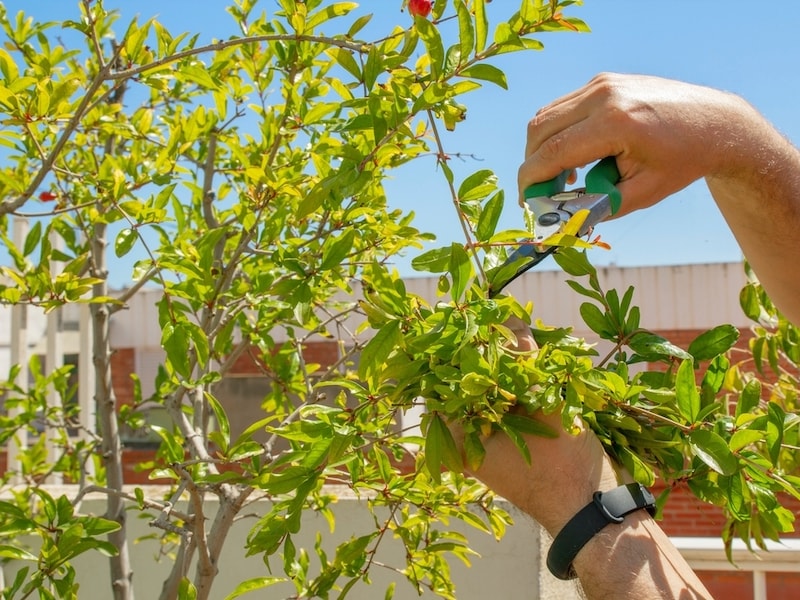
Prune the pomegranate tree in late winter or early spring before the new growth begins. Pruning helps to shape the tree, improve air circulation, and encourage fruit production. Remove any dead, diseased, or damaged branches, as well as any suckers that may sprout from the base of the tree. Pruning also helps to maintain a manageable size for a container-grown tree and keeps it looking neat and tidy.
Winter Care
In colder climates, pomegranate trees in containers may need protection from freezing temperatures. Before the first frost, move the container to a sheltered location, such as a garage or a greenhouse. Alternatively, wrap the pot with insulation to protect the roots from freezing. During the winter months, reduce watering to prevent waterlogged soil, as the tree will be dormant and require less moisture.
Harvesting Pomegranates
Pomegranates are typically ready for harvest in late summer to fall, depending on the variety and climate. You’ll know the fruit is ripe when its color deepens and it feels heavy and firm to the touch. To harvest, use pruning shears to cut the fruit from the tree, leaving a short stem attached. Handle the fruit carefully to avoid bruising, and enjoy the delicious rewards of your labor.
How to care for pomegranate plants grown in pots
Caring for a pomegranate tree in a pot requires attention to watering, fertilization, pruning, and general maintenance. By following these steps, you can ensure your pomegranate tree thrives and produces an abundant harvest.
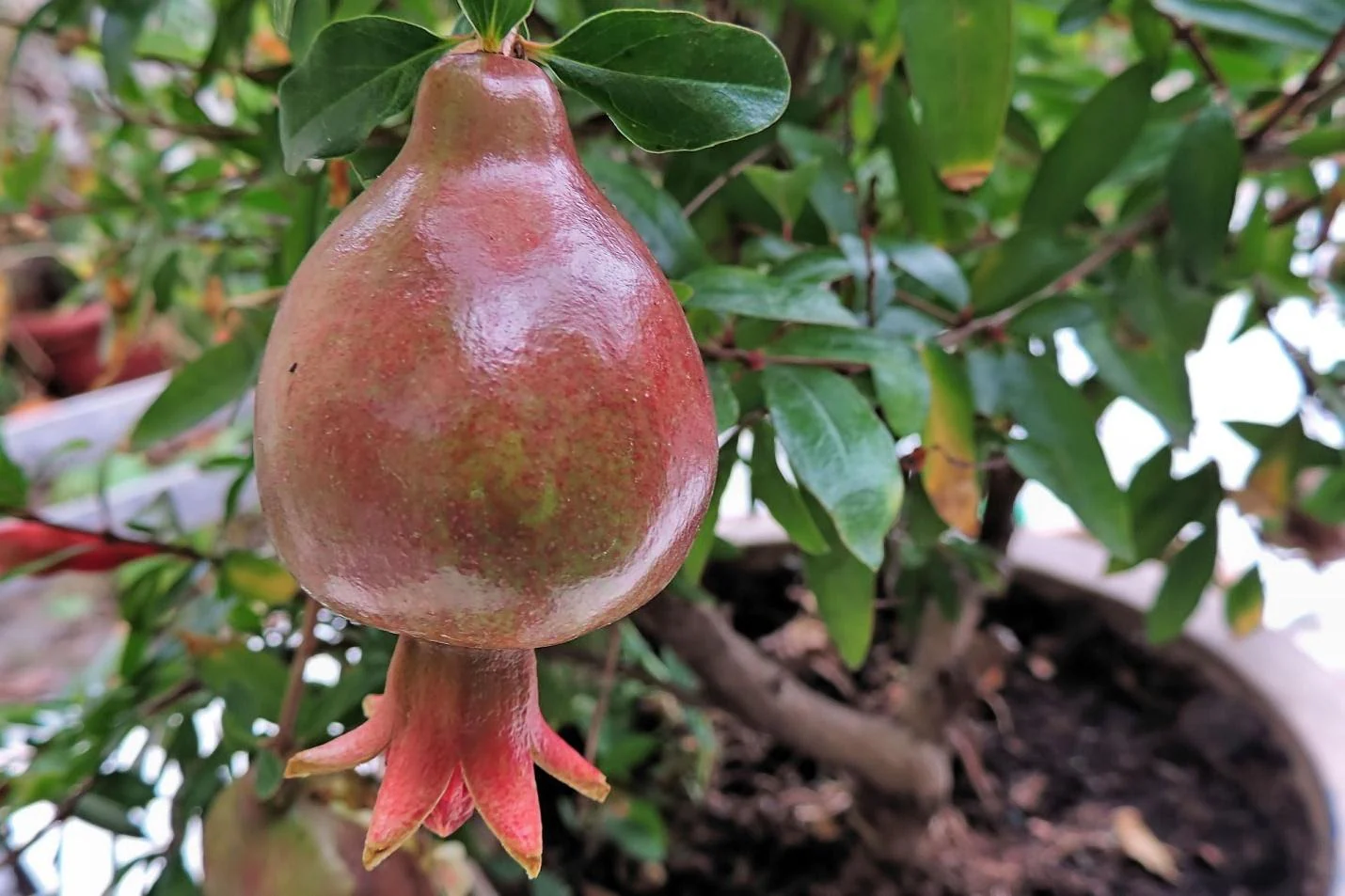
Watering
Pomegranate trees need consistent moisture to grow well, especially during dry periods. Water the tree deeply once a week, ensuring the soil is thoroughly soaked. Deep watering encourages the roots to grow downwards, helping the tree establish a strong root system. To check if your tree needs water, insert your finger into the soil about an inch deep. If it feels dry, it’s time to water. However, avoid overwatering, as pomegranate trees do not tolerate waterlogged conditions.
Fertilization
To support healthy growth and fruit production, fertilize your pomegranate tree regularly. During the first two years, apply half a cup of 10-10-10 fertilizer (which contains equal parts nitrogen, phosphorus, and potassium) in November, February, and May. Spread the fertilizer evenly on the soil surface, starting about 2 inches away from the trunk to prevent root burn. After spreading, water the fertilizer into the soil thoroughly to help the nutrients reach the roots.
As the tree matures beyond two years, you can reduce fertilization to twice a year—in November and February. This schedule supports continued growth and fruit production without over-fertilizing, which can lead to excessive foliage growth at the expense of fruit.
Pruning
Pruning is essential for maintaining the shape, health, and productivity of your pomegranate tree. During the first few years, focus on shaping the tree by selecting 3-5 well-spaced branches to become the main framework of the tree. These should be strong, healthy branches that are evenly spaced around the trunk.
As the tree matures, continue to prune annually to remove any crossing branches, deadwood, or weak shoots. Crossing branches can rub against each other, causing damage that may lead to disease. By maintaining an open, vase-like shape, you improve air circulation within the tree, which helps to prevent fungal diseases and ensures that sunlight reaches all parts of the tree, promoting even fruit ripening.
Harvesting and Storing Pomegranates
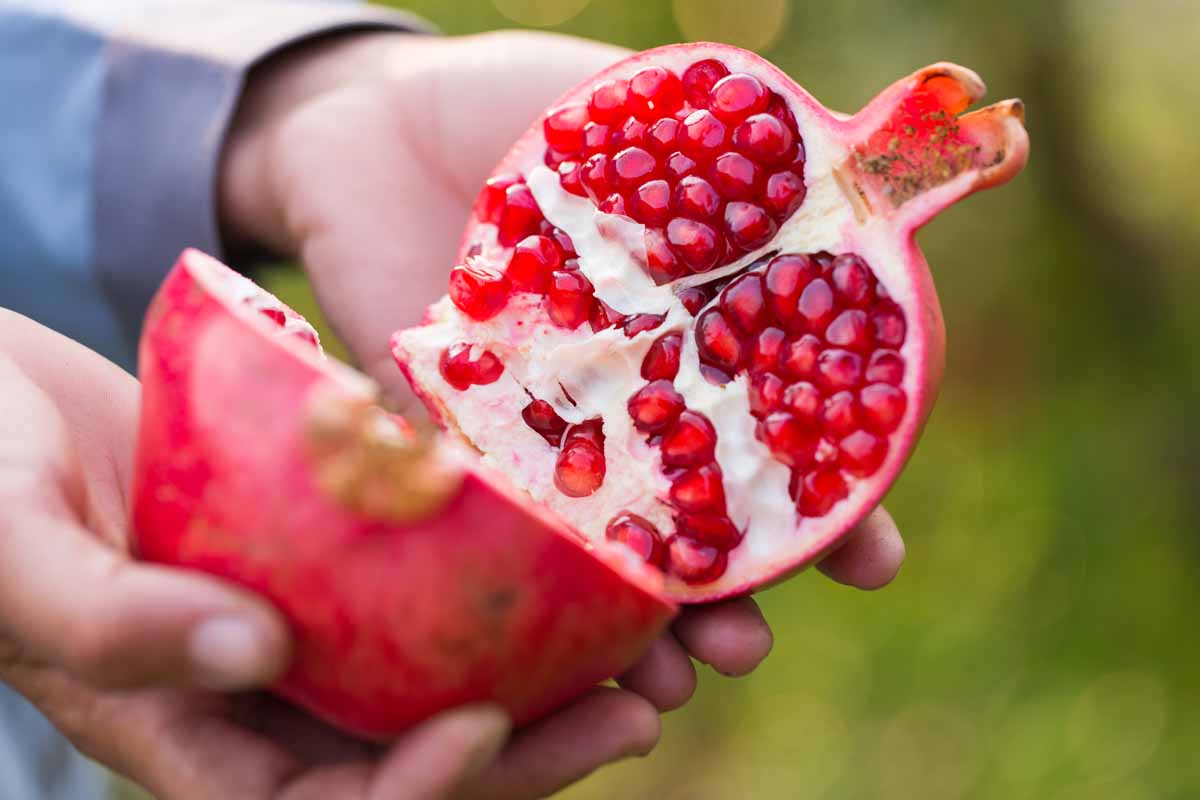
With proper care, your pomegranate tree should start producing fruit within two to three years. Pomegranates are typically ready for harvest in late summer to fall. The fruit is ripe when its color deepens and it feels heavy and firm to the touch. To harvest, use pruning shears to cut the fruit from the tree, leaving a short stem attached to prevent the fruit from splitting.
After harvesting, store your pomegranates in a cool, dark place, such as a pantry or cellar. Under the right conditions, pomegranates can last up to 6 months, allowing you to enjoy the fruits of your labor long after the harvest season.
With proper care, your pomegranate tree should start producing delicious fruits within two years. Once ripe, harvest the pomegranates by cutting them from the tree, leaving a short stem attached. Store the harvested fruits in a cool, dark place where they can last up to 6 months, providing you with a bounty of flavorful pomegranates to enjoy.
Growing a pomegranate tree in a pot is a practical way to enjoy this beautiful and fruitful tree in a limited space. With the right pot, soil, and care, your pomegranate tree can thrive and produce fruit for years. Whether you have a spacious garden or a small balcony, knowing how to plant a pomegranate tree in a pot allows you to bring a touch of the Mediterranean to your home. With patience and attention, you’ll soon be rewarded with delicious pomegranates and the satisfaction of having cultivated them yourself.
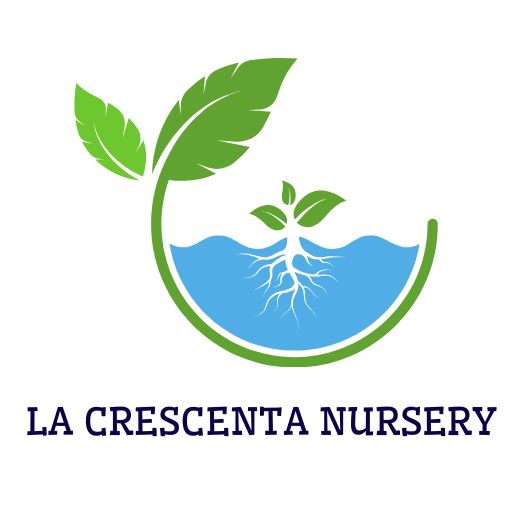
Related articles
Top 5 Spring Tree Pests: Identifying and Managing Common Threats
How to Grow Virginia Creeper: A Complete Guide
How to care for cyclamen from the expert
Detailed instructions: How to care for propagated plants
Understanding tree diseases: Identification, prevention, and treatment
Detailed instructions: How to care for fruit trees
Detailed instructions how to grow winter vegetables
How to propagate an aloe plant: a detailed guide to the methods